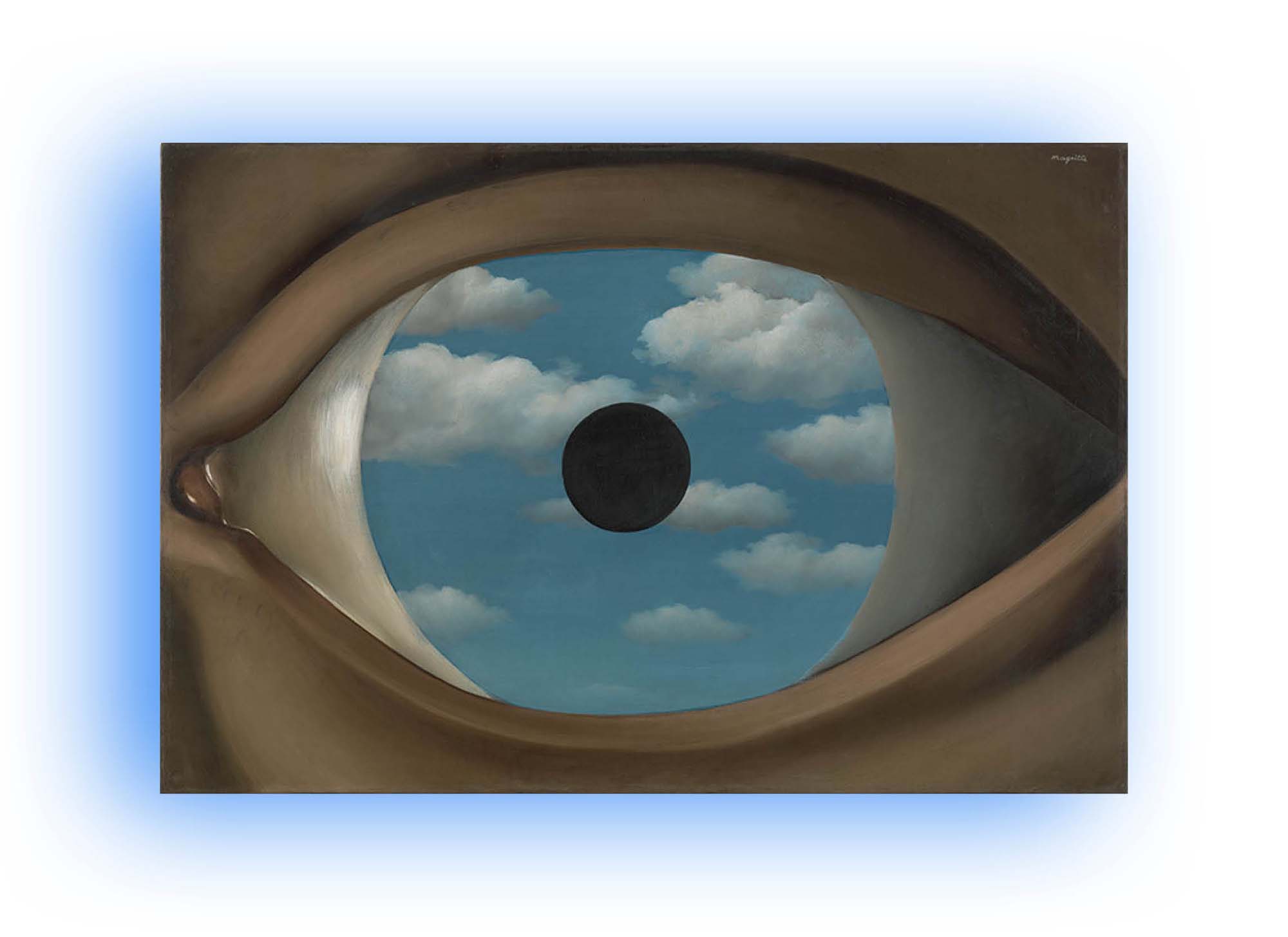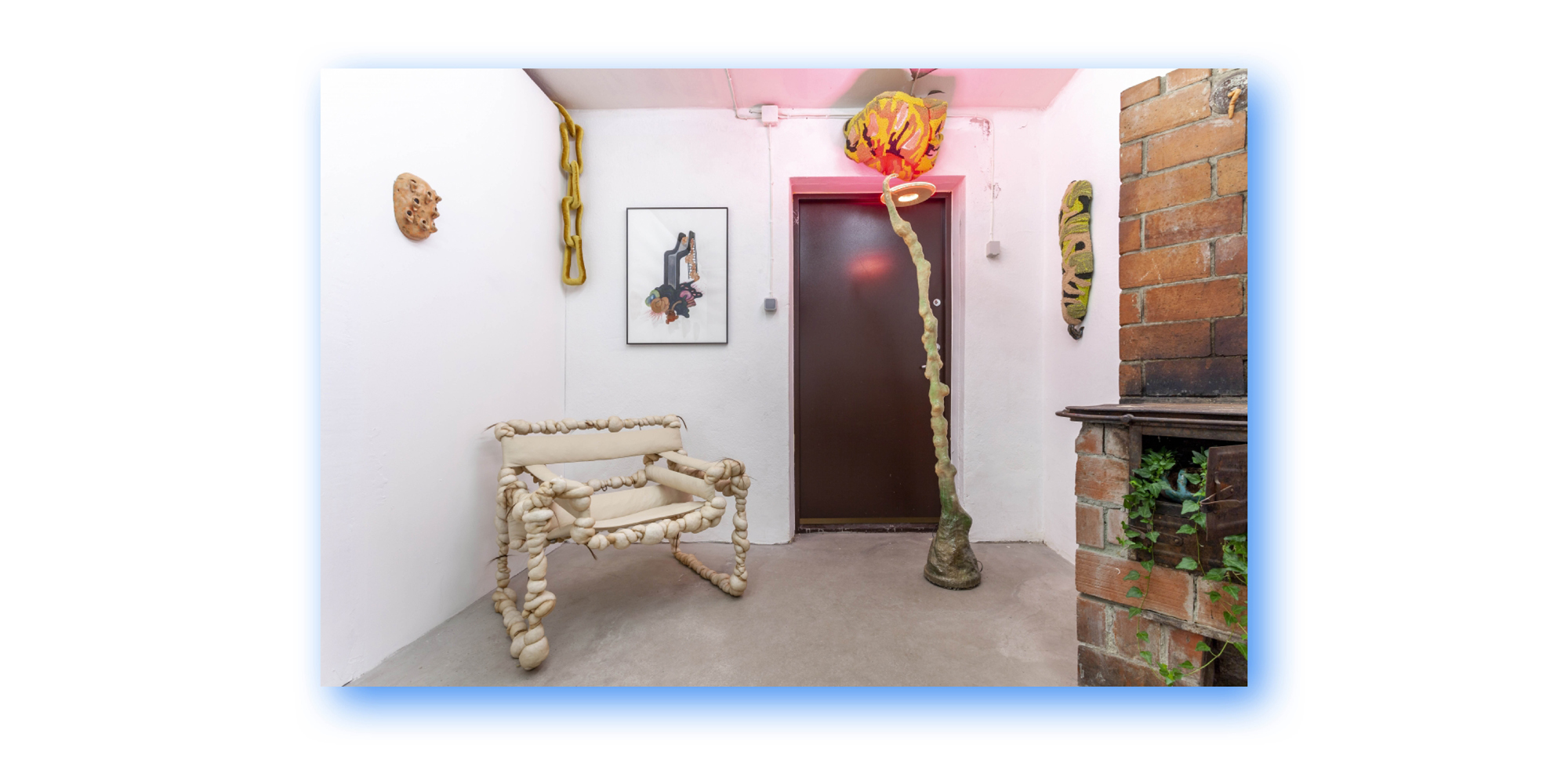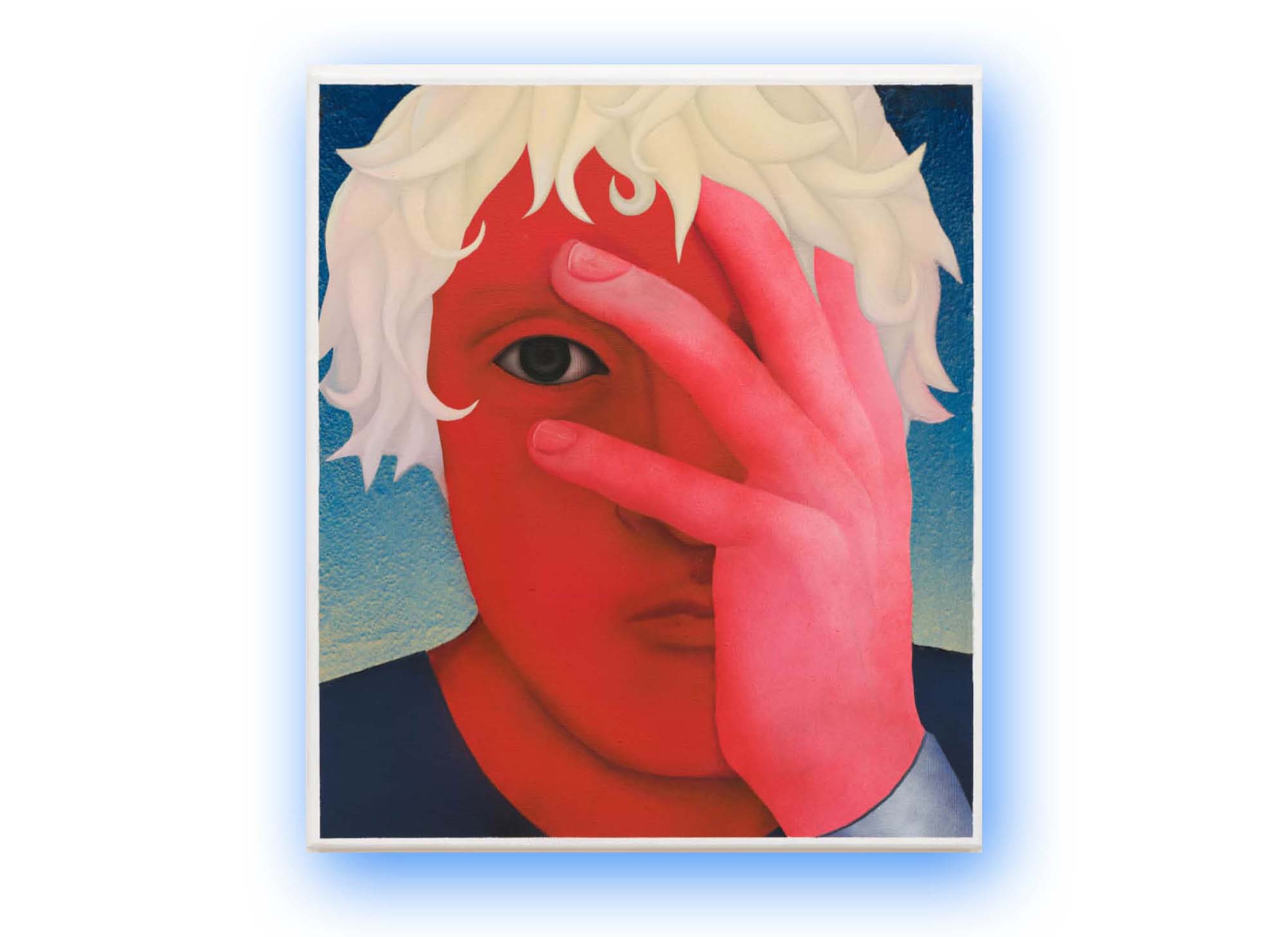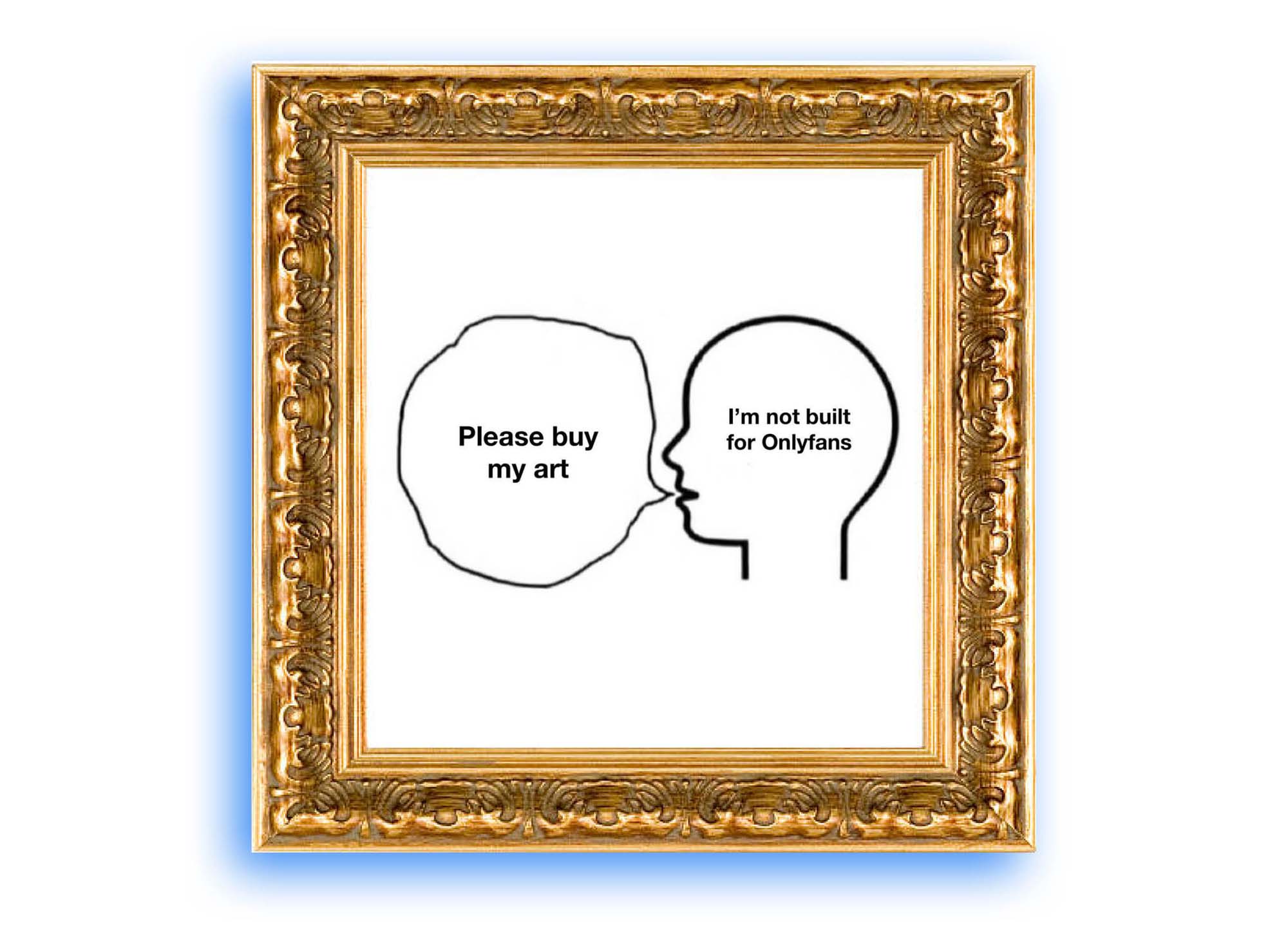
Have you ever considered becoming an art collector? Curator, gallerist, and art critic Lilian Hiob has created the proper manual for you!

Fake photo of Pope Francis wearing a large white puffer coat, created with AI-image generator.
Midjourney / Reddit
In today’s hyper-fast and visual world, we encounter countless images throughout the day on social media, at work, in urban spaces, and, of course, in magazines and galleries. There’s an overwhelming amount of visuals with varied purposes, and the human eye doesn’t have an escape from advertisements to socially critical messages, from Corporate Memphis characters to illustrations from children’s books that etch themselves forever into our memory. Into this mix also falls an especially Pope Francis wearing a white puffer coat, a blue Dionysus from the Paris Olympic opening ceremony, an oversized sculpture of Mark Zuckerberg's wife by Daniel Ashram, brightly colored depictions of Mao Zedong, a golden retriever dutifully guarding a little girl, a low-poly monkey puffing on a cigarette, and much more. The latter on this list was worth several million USD during the crypto and NFT boom, but today, its value has dropped tenfold. It’s understandable that the multimillion-dollar NFT sales and the auctioning of Da Vinci’s works make the news, but this can create a false impression that collecting art is only accessible to the most wealthy segment of art admirers.
In reality, there are many options for purchasing art: the prices of works by emerging artists can be on the same price scale as a new pair of shoes. For starting and senior collectors, especially in Estonia, the favorite medium is graphic art. This preference can be attributed to several factors: during the Soviet era, graphic art exhibitions were regularly organized in Estonia (the Tallinn Print Triennial has been running since 1968), and as a result, graphic art catalogs found their way into many people’s homes, and many of us grew up with works by graphic artists. Additionally, during the Soviet period, graphic art, a medium that is easy to reproduce and distribute, became an important tool for avant-garde art movements and alternative communication. From the perspective of art collecting, graphic art, like photography and collectibles, is a reproducible technique, making its price more accessible than one-off works like sculptures or paintings.
But how does one begin collecting, where to invest, and through whom should you buy art?
Art collecting begins with looking at art: the more you visit exhibitions, artist talks, openings, and artists' studios, the better you understand what kind of art feels relevant for you and what themes or techniques are not your cup of tea, at least for now. You will also learn to understand the role of art in today’s world. To make informed and meaningful decisions, start with regular exhibition visits and have conversations with artists, curators, and gallerists. Read art publications, browse art-related websites, and gather overall information.
To train your eye and make meaningful choices, you need practice. Exercise regularly and keep your eye and brain in shape. Just as we don’t assume that the Olympic gold-winning boxer from Algeria, Imane Khelif, achieved world-class status without hard and consistent training, we can’t expect that navigating the art world and market does not require dedication. It certainly does – and a lot.
This daily analytical “gymnastics” is practiced by gallerists, art agents, curators, and auction houses. These professionals, dealing daily with the art market, working to find new and exciting artists, and sourcing the gems from the past, have the best expertise in the art world. So, if you've decided to start collecting art but have doubts about market value or your own decision-making, consult a gallerist. Discussing the art market or artists with a gallerist does not obligate you to buy from their gallery. It’s a real privilege that anyone walking into a gallery and wanting to talk to a gallerist can do so immediately and for free – use that opportunity!

The image above is the False Mirror, by René Magritte. MOMA
To train your eye and make meaningful choices, you need practice. Exercise regularly and keep your eye and brain in shape.
Commercial galleries represent specific artists and operate similarly to how managers work for musicians – the gallerist takes care of networking and relationships, sales, contracts, logistics, collaborations, and press coverage. If needed, they also assist with studio support, finding financial opportunities, writing texts, and anything else the artist may need help with. If an artist has a gallerist, that’s an encouraging argument from an investment perspective – the artist has at least one professional working daily to develop their career, network, and working on placing their works into good collections. However, not all galleries have an equal agency: just as an artist’s legitimacy can be seen from their CV, reflecting their professional exhibition history, we can do the same with the gallery’s CV – on which fairs it has participated, which galleries, museums, and artists it has collaborated with, and whether its artists are in institutional collections. Therefore, a “gallery” label alone does not guarantee quality – you must delve into the content. The best and quickest way to do this is by attending exhibitions, talking to gallerists and other art experts, and reading what the professional media has written about the gallery and its exhibitions. Over time, it’s natural that your taste will evolve, and your preferences will change. In this case, selling works from your collection through auctions to get room for your new favorites is entirely acceptable.

Kadri Liis Rääk's exhibition 'Xarcadia' at the Hoib gallery. Photo: Roman-Sten Tõnissoo HOIB GALLERY
International contemporary art galleries primarily represent living artists, actively building both the artists’ and their own careers.
This means that when you buy from a commercial gallery that represents artists, you are directly supporting the gallery and the artist, as the money goes directly to them, which can be crucial for a smaller gallery’s survival.
Unfortunately, not all emerging and promising artists have galleries, so buying directly from the artist in Estonia and elsewhere is quite common. Social media, especially Instagram, has made this much easier, allowing you to quickly reach an artist even if you don’t know them personally. The most important thing when buying is that you, as the buyer, like the work – don’t let yourself be lured by hype or someone else’s opinion. However, from an investment standpoint, the artist’s exhibition history (CV) is a good indicator of whether the artist is working professionally or just creating wall art. Though the latter often looks highly appealing and can have decent sales figures, it usually holds little value on the secondary market.
Estonia also has artist union-owned galleries like Hobusepea, Tallinn City Gallery, and Draakon Gallery. These provide opportunities for exhibitions but do not represent artists or actively work on advancing their careers. However, the works exhibited there are usually for sale, and interested buyers are directed to the artists.
One additional note: if you plan to buy directly from an artist’s studio who is represented by a gallery, this is perfectly allowed. However, don’t expect to get a 50% discount on the work due to bypassing the gallery – the artist and gallery have a business relationship, including agreed pricing policies. So, whether you approach the artist or the gallerist, the price should be the same, assuming they have a functional relationship.
Purchasing from commercial galleries or directly from artists is known as the primary market, while auction houses handle the secondary market.
This means the artwork doesn’t come from the artist but from its previous owner. Auction houses are also where million-dollar records are set, as a large segment of their business involves artists who are no longer living, and thus no new works are being created. Auction houses also present rare finds works from living artists’ peak periods, and ultra-contemporary art. Today, auction houses focus increasingly on contemporary art, not just centuries-old works. The three leading auction houses globally – Christie’s, Sotheby’s, and Phillips – are actively selling works by young artists. For example, next to Basquiat’s work, you might find a piece by Czech artist Vojtěch Kovařík, born in 1993, whose most expensive work sold for $378,000 at Christie’s in 2023.
On the local scene, Vaal Gallery auctions feature a selection of both classic and contemporary art, and in that one, the works come directly from artists. Starting bids at their upcoming autumn auction are as low as €200. Allee Gallery set a record in 2023 for the highest sale of a living Estonian artist’s work. Miljard Kilk’s piece from 1986 “Blind Faith” was sold for €86,100.
While auction results are public, gallery prices are traditionally more secretive. The first wave of Covid left a legacy of price transparency in the art world. Due to physical closures and the cancellations of fairs and exhibitions, even the gallery world, which is considered quite elitist, had to make the prices of their available works public online to survive. Fortunately, this trend has continued. Platforms like artsy.net and local site noba.ac give us an opportunity to purchase works from contemporary and classics, see the prices, and do the research on the market.. Online platforms are essential for buying and discovering new artists for the new generation of art collectors, as confirmed by a recent survey of collectors on artsy.net.
Besides galleries, websites, social media, and auction houses, art fairs are an important part of the art world. Hundreds of galleries come together for a week at fairs to represent their artists, as these fairs attract top international collectors, museum curators, journalists, other gallerists, and artists. Fairs are not only important for buying and selling art but also for networking, initiating collaboration projects, discovering new artists, conducting research, and staying updated on art world trends and news. High-quality fairs, such as Art Basel, Frieze, Art Cologne, and Nada, select their participants through fierce competition, meaning the galleries at these fairs have already undergone a level of quality control, which should give collectors confidence in purchasing at these events. If you want to discover artists at the very beginning of their careers, it’s also worth keeping an eye on the Estonian Academy of Arts student auctions.

(Portrait of) Hercules with his head in his hand, Vojtěch Kovařík, 2023. Mendes Wood DM
In conclusion: You can buy art directly from the artist, through commercial art galleries, city galleries, social media, websites that connect artists and gallerists, or through auctions.

The key is to stay true to your taste, knowledge, and intuition – this is how you will build your unique art collection with actual value. While it’s important to read specialized publications, it’s also crucial to remain critical of the hype that can quickly arise in (social) media. Conversations with artists, curators, and gallerists provide valuable insights that help you grow as a collector. In addition to acquiring physical artworks, collecting art often means nurturing new relationships within a circle of like-minded people. By purchasing works from living artists, you directly contribute to advancing their careers.
Screenshot from freeze_magazine Instagram account.